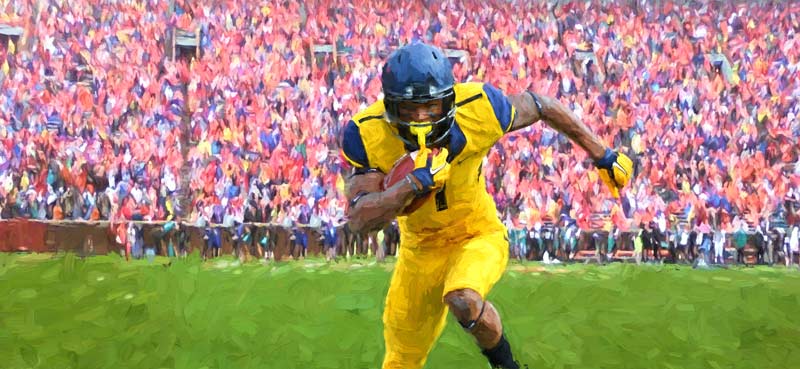
By Tony Holler
The upcoming Dec 11-12 Track-Football Activation Consortium has people talking about the connection of football and track programs. I’ve received numerous emails describing football programs who hoard athletes, mandate year-round lifting, and promote the curse of 7-on-7 competitions in the spring. I’ve also received confirmations of enlightened football coaches who value athleticism and embrace track programs. It is what it is.
On Friday, Dec 11, the title of my opening clinic presentation is “The 10 Essentials of Being a Sprint Coach and the Main Thing”.
One of my essentials, maybe my #1-ranked essential, sprint coaches must promote their program, recruit talented kids, and attract great athletes.
What if we boycotted the idea of promote, recruit, and attract? What if we simply accepted those who show up? “All those interested in running track this spring, please meet in room 316 after school on Wednesday” Who would show up? I think I can answer that question. Most of those attending would be distance athletes from the cross country team. You may get a few “I want to try track” kids. If you are lucky, you might get one or two speedy guys. Guess who doesn’t show up for that meeting? … wide receivers, running backs, linebackers, linemen, and defensive backs. Football players will be noticeably absent from your first organizational meeting. You definitely won’t see any of the specialized athletes from your school. Soccer, baseball, and basketball players typically don’t consider the idea of being a multi-sport athlete. However, good track coaches are good persuaders.
Promotion
Promotion includes website and Twitter work. Twitter has been a game-changer for track programs. Track coaches and track athletes now share their enthusiasm with thousands of followers. 20 years ago, only a few people knew I had a high jumper who cleared 7’0” on 13 occasions his senior year. Now, 1400 people read about my top freshman, Joe Stiffend, running a 0.99 10m fly in practice. Track athletes and track fans, living in today’s information age, are intensely aware of other programs and participants.
Word-of-mouth marketing is essential in the business world. The same can be said about track & field. Never underestimate the importance of track athletes spreading the good word about your program. Happy track teams thrive. Nothing dooms a program faster than unhappy athletes.
Recruitment
Recruitment is similar to promotion. Where promotion addresses all the boys in your school, recruitment is specific. When you find that tall kid from Jamaica, who has never played a sport in his life, you recruit him. I found Randy Gordon walking the hallways in 2011. Randy became an all-state track athlete in his rookie senior season. See picture below.
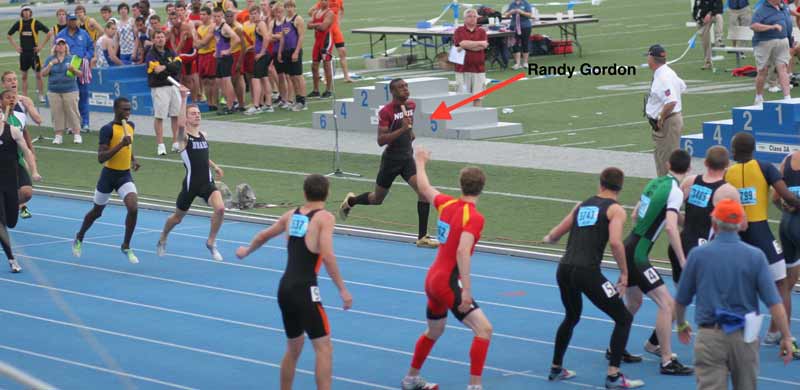
This picture was taken at the 2011 IHSA State Championship. This was the final race of the day, the 3A 4×4. Randy Gordon, the kid who had never been on a team of any kind until his final semester of high school, was running the 3rd leg for us. Earlier in the day, Randy ran a 22.2 split helping us to a 4th place finish in the 4×2. Here he ran 50.2 and put us in a position to win the race.
Attraction
Attraction is similar to promotion and recruitment, but more subtle. Attraction includes having great uniforms and attending first-class meets. Attraction includes having a sprint program that treats cats like cats, not dogs. Attraction includes having competitive practices where speed is measured. Athletes are attracted to sports where their efforts are rewarded. If you want fast athletes … record, rank, and publish their practice times.
What if every fast kid in your school ran track? Hell, you’d be a pretty good coach. Plow horses never win the Kentucky Derby. Distinguished coaches understand promotion, recruitment, and attraction.
How about football coaches? I believe football coaches fall into two categories. One category resembles everything I’ve said about great track coaches. They promote, recruit, and attract great athletes to their program. These Renaissance men of the football world conduct enthusiastic high-speed low-volume practices. Athletes look forward to all things football and encourage their friends to join the team. When I think about the other category of football coaches, I picture thick-ankled, hairy-legged, tunnel-vision guys who can’t seem to get along with their colleagues. These old-school guys put their players through a trial by fire at every practice. They live by motivational clichés and military envy. Unlike the Renaissance group, these coaches believe that toughness wins games.
Maybe there was a time when generals could coach football and be successful. Bear Bryant was a believer in torturous practices and old-school discipline. Bear once said, “I make my practices real hard because if a player is a quitter, I want him to quit in practice, not in a game.” I’m thankful the Bear Bryant days are in the past. Great football coaches need to learn from great track coaches. The football program attracting the best athletes will always have an advantage over their opponents.
John Brumund-Smith
Recently, a Chicago-area track coach, John Brumund-Smith contacted me about coming to our upcoming Consortium. He also shared this:
I’m not sure I can attend the clinic (I coach swimming in the winter), but I want to let you know I read your article on football players running track last year, and it had a major impact on me. I made some “posters” to hang up in the school emphasizing how good football players (and certain other athletes) have performed in Track & Field. I would actually notice people stopping in the middle of their passing period to read them, holding up traffic behind them.
With posters, Coach Brumund-Smith of Lake Forest H.S. has figured out a way to promote his program, recruit talented kids, and attract great athletes.
Lake Forest is a high school of almost 1700 students to the north of Chicago. In 2008, Lake Forest had a 4×1 team break the 44-second mark for the first time in school history. Opening in 1935, it took Lake Forest High School 73 years to run a sub 44.00 in the 4×1. Sub-44 is Plainfield North’s fresh-soph goal every year.
When Coach Brumund-Smith took over the program in 2012, the sprints saw huge improvements, running 4×1 times of 42.67 in 2013 and 42.06 in 2014. How does a non-sprint school become a sprint school? You guessed it; promote, recruit, and attract.
More from Lake Forest Coach John Brumund-Smith:
One thing that has really helped our sprint program out has been getting football players to come out for track, even if they’ve never run before. In 2013, we had a senior named Scott Powell come out for track for the first time in his life. He was a star running back on the football team and had played lacrosse his first three years at Lake Forest. Scott ran 11.29 for us in the 100m and ran lead-off on our 4x100m Relay team that ran 42.67 to shatter our school record and qualify for the State Championships. Three of our 4x100m athletes were football players. Scott Powell was a running back, Austin McIlvaine was a defensive lineman, and Nick Giordano was a wide receiver.
The next year, 2014, we were gifted with an athletic senior from football who had never run track before. Conner Hayes had played baseball his whole life and played wide receiver on the football team. He was frustrated with baseball, but was the fastest kid on the team, and decided to give track a try. He went 21’7″ in the Long Jump and ran anchor on our 4x100m Relay team that once again featured three football players (McIlvaine and Blumeyer were on the team again, along with another senior, Connor Adams, who played cornerback in football).
That foursome won the County, Conference and Sectional titles. They broke the Lake County Championships record in the 4x100m Relay and broke the school record with a time of 42.06 seconds. Three of the four members of that 42.06 4x100m team were football players. My three alternates were all football players too.
We were hoping for our third straight State trip in the 4x100m Relay last spring, but coming into Sectionals it appeared we had a better chance with our individuals. My three fastest kids didn’t run on the 4x100m Relay at Sectionals, but we still ran 43.39, with three football players and a basketball player. Our fastest kid last year, Quinn Julian, ran 11.23 and 22.42. He’s the star running back on Lake Forest’s football team this year.
The Posters of Coach Brumund-Smith
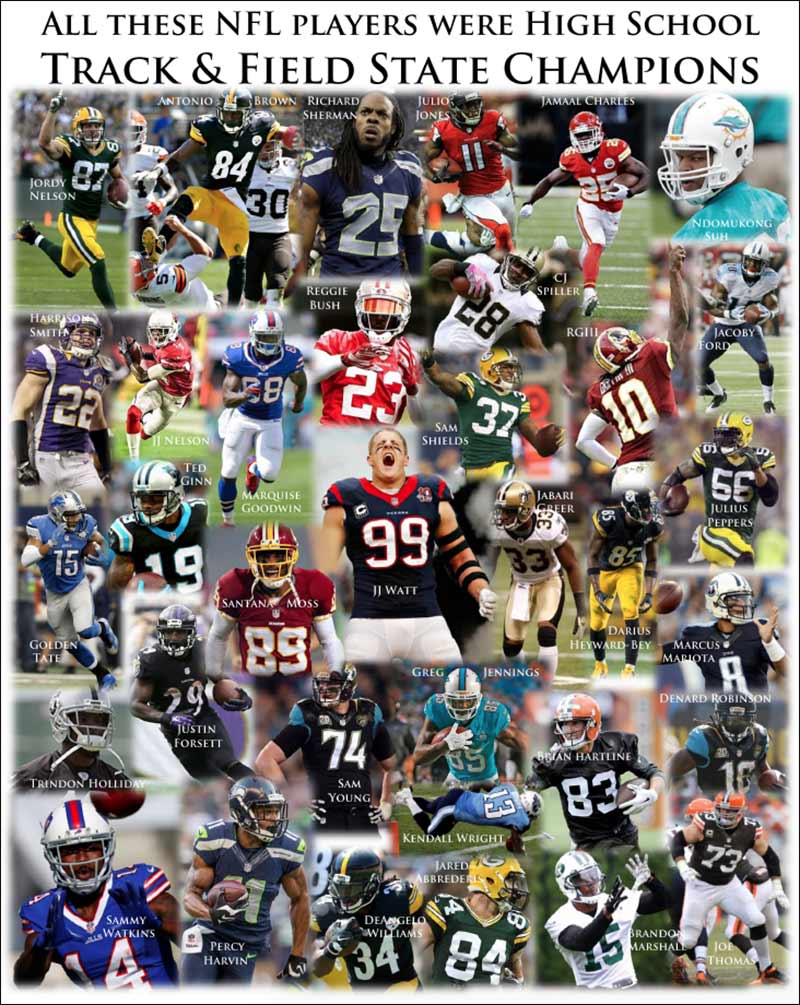
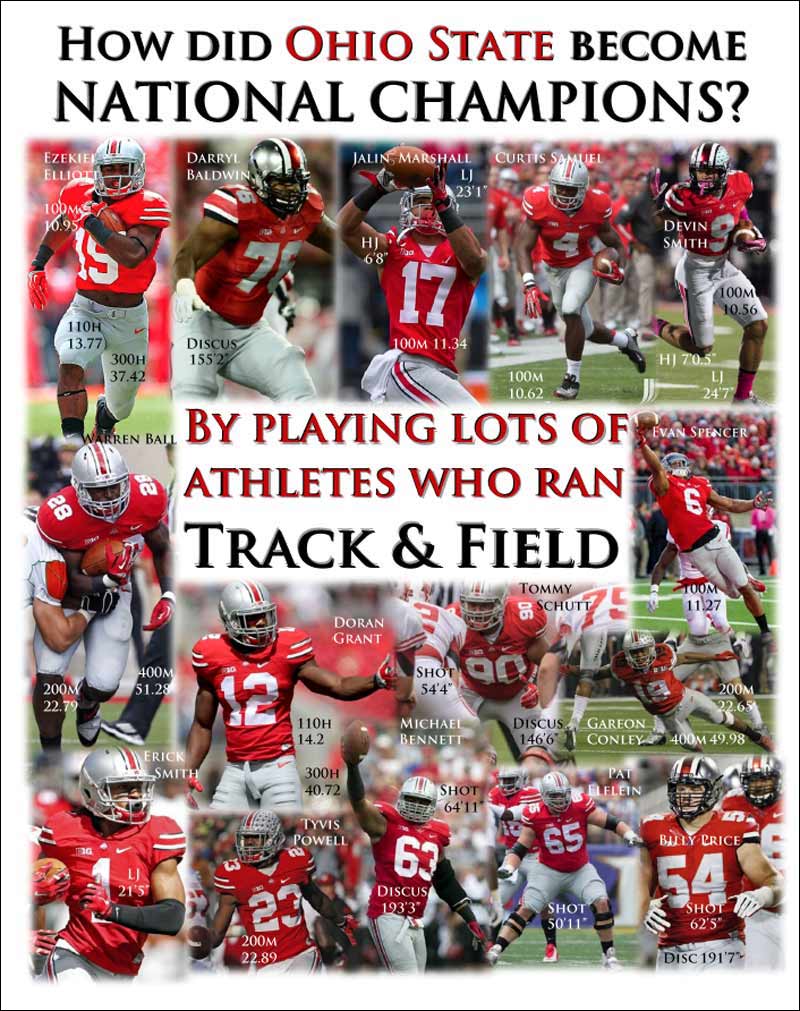
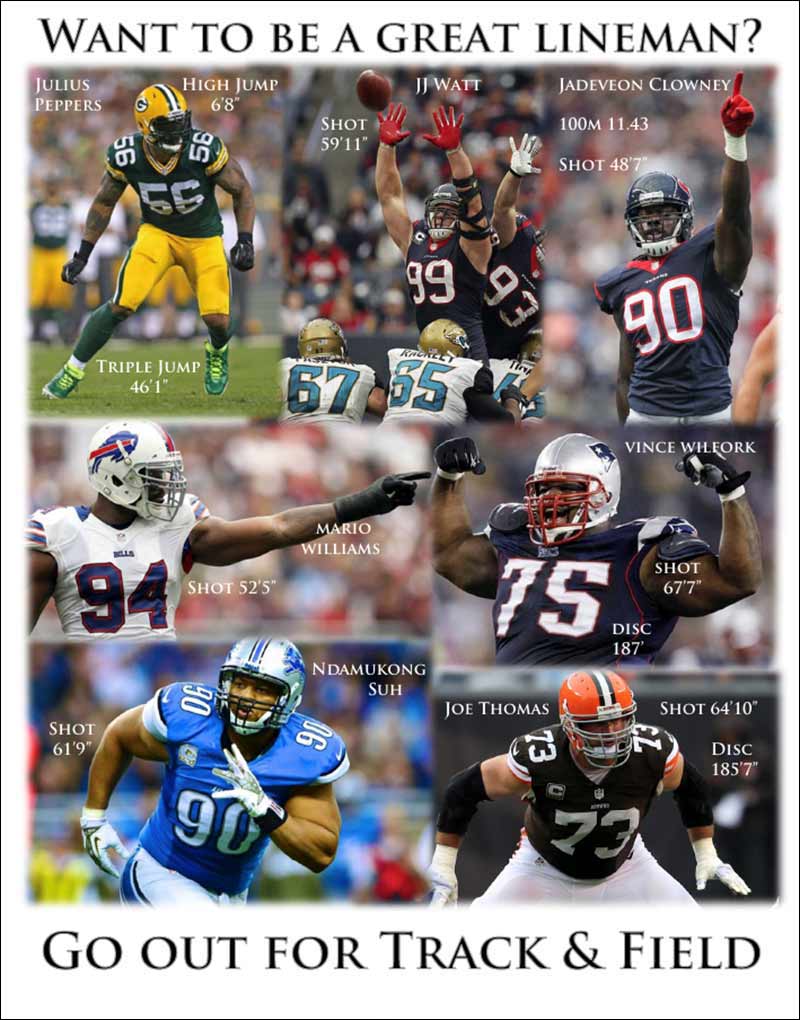
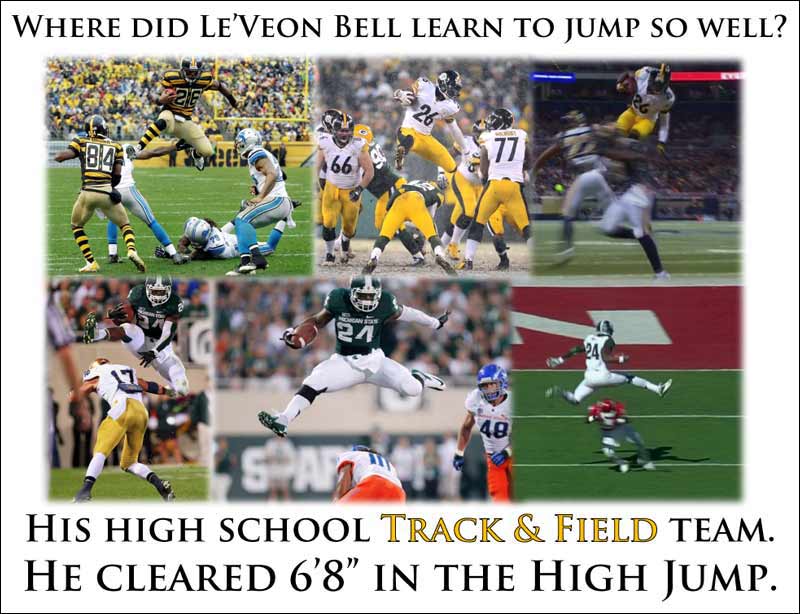


I’ll let Coach Brumund-Smith give the caption for the poster above:
Here’s another poster I made today. It’s specific to my program, of course, but still pretty cool (the three towns that feed into Lake Forest High School are Knollwood, Lake Forest, and Lake Bluff). I got the idea from watching Bro Science videos on Facebook, haha. Obviously the goal of our lifting isn’t to bulk, but still …
+++
When coaches like John Brumund-Smith share their work, everyone benefits. How can you read this and not ask yourself three important questions:
- Am I promoting my program?
- Am I recruiting great kids?
- Does my program attract great athletes?
For more discussion of how to improve football and track programs, consider attending the Dec 11-12 Track-Football Activation Consortium at Montini High School in Lombard, IL.
To purchase your ticket, click here.
Please share so others may benefit.
[mashshare]


Funny how coaches like yourself tell athletes from other sports to do track but then tell your track athletes to do nothing but track and cross country. I’ve seen more overuse injuries, burn outs, and underdeveloped potential in athletes thanks to coaches like you. When is the last time you told an athlete specialized in track to do some cross training or join the football team? Control issues? Hypocritical? In my opinion you just want the schools fastest athletes to join to overcompensate your lack of knowledge to actually train an athlete. Cherry picking at its finest.
The bio for Coach Holler is linked to the byline of this article. A quick read shows he has coached football, basketball, and track for over three decades. Coach Holler is also an outspoken critic of early specialization, encourages high school athletes to participate in a variety of sports and activities, and has written many articles the topic.
J.R., where in the article did it even REMOTELY suggest that athletes should just do track? You completely missed the point of what Coach Holler is saying in this article, or in any of his articles. He mentions at the end of the article a clinic he helped put on that focuses on football and track programs helping each other…and you think he’s telling track athletes not to play football? Not sure which backwards, crazy world you live in. Maybe actually read the article next time.